On the Road is a weekday feature spotlighting reader photo submissions.
From the exotic to the familiar, whether you’re traveling or in your own backyard, we would love to see the world through your eyes.
It’s Albatrossity Monday! No surprise there.
Then we go to the farmers’s market on Tuesday before heading back to New Zealand!
I hope everyone has a good week!
Albatrossity
The second batch of photos from my trip to Arizona in August does have a few birds that are not hummingbirds, but is mostly hummers. As my friend Sheri Williamson notes, hummingbirds are the “gateway drug to birding”; this week and next you just might get hooked. I also need to thank Sheri for her help with IDing some of these jewels. I have a lot to learn about hummingbirds and she has the knowledge of a deity and the patience of a saint.
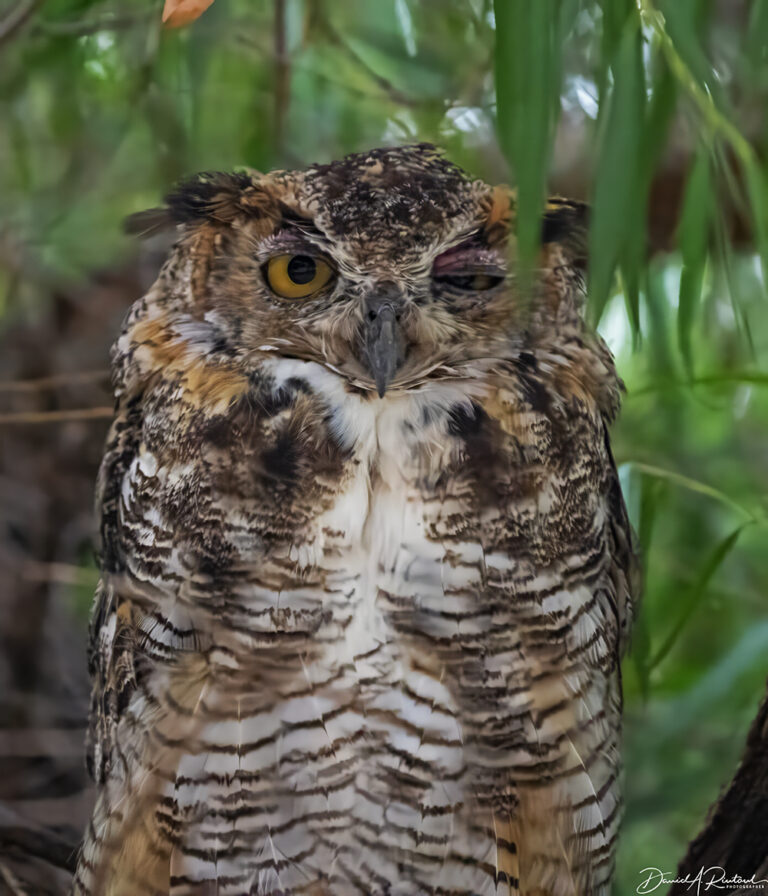
Up first is a good morning look from a Great Horned Owl (Bubo virginianus). The B&B where I stayed had a pair of these apex predators roosting in the cottonwoods just north of the building. This one may have partied a bit too hearty, from the looks of him. Click here for larger image.
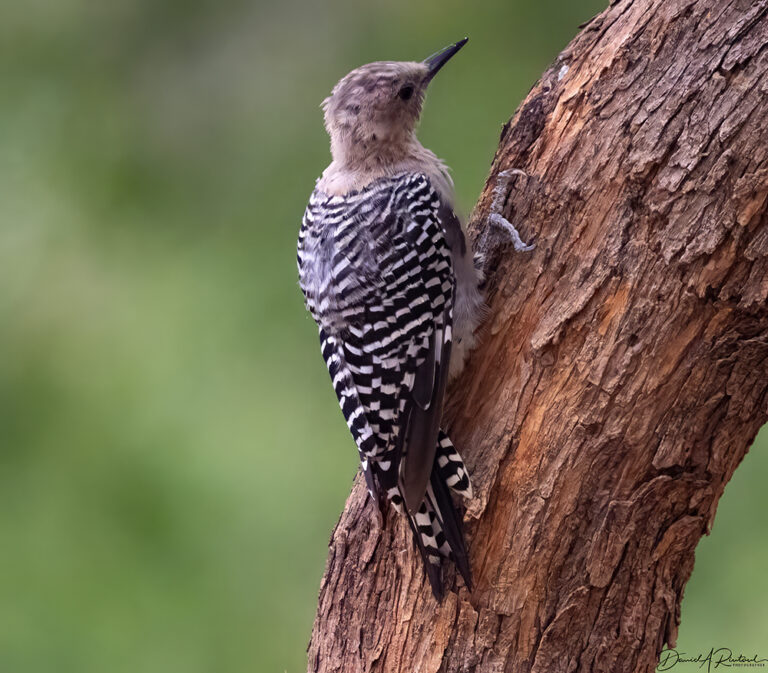
The B&B property also had a healthy population of Gila Woodpeckers (Melanerpes uropygialis), who are also big fans of the sugar water in hummingbird feeders. They resemble (both in appearance and vocalizations) the Red-bellied Woodpeckers that we have at our feeders here in Flyover Country. This is a recently fledged youngster based on the color of the head; an adult male would have a red circle on his crown, and an adult female would have a brown head. Click here for larger image.
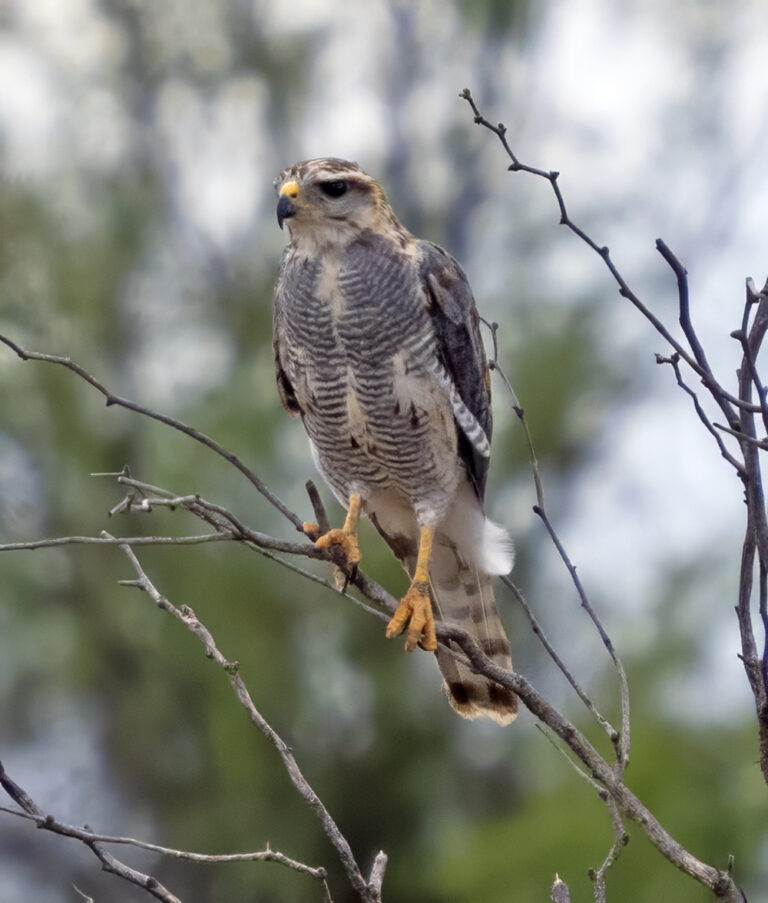
One of the special birds in this part of Arizona is the Gray Hawk (Buteo plagiatus). According to the field guides, this is a bird found in “mature trees along permanent streams”. I figure that this one did not read the field guides; it was perched in a scrubby tree a few miles away from any stream, permanent or otherwise. Like other buteos, the young birds retain a immature plumage until the summer of their second year, when they molt into adult plumage. This is a second-year bird that has almost, but not quite, finished that molt. Click here for larger image.
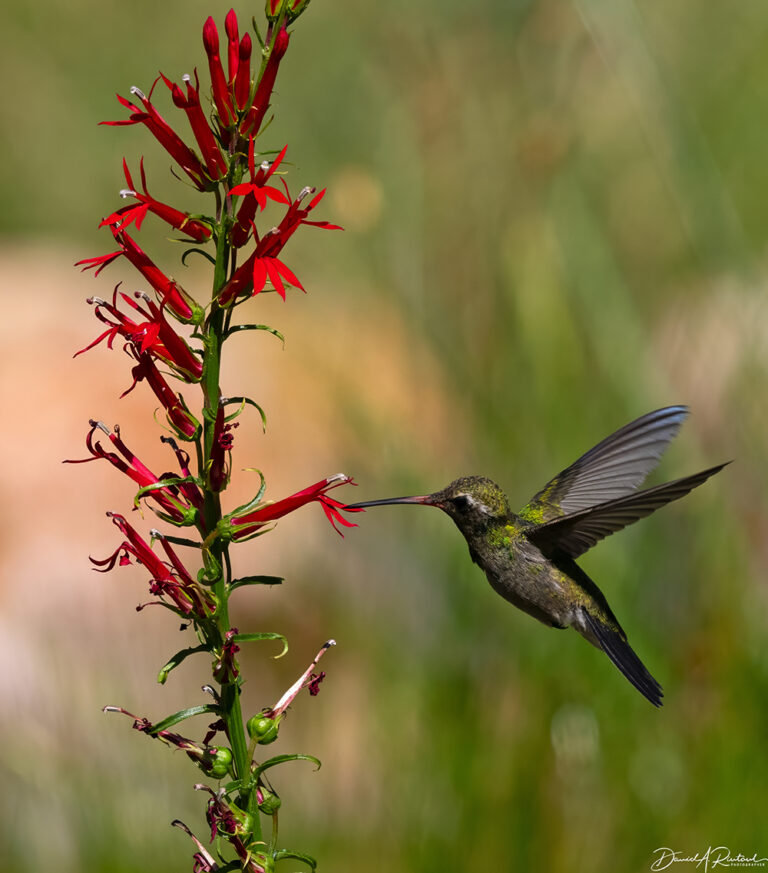
Okay, now for some hummers. Last week’s OTR featured a adult male Broad-billed Hummingbird (Cynanthus latirostris) feeding on a pink yucca flower. We’ll start off this batch with another adult male Broad-billed (shortened to just “Bill” in the hummingbird aficionado community in Arizona), feeding on another flower, which I believe is Cardinal Flower (Lobelia cardinalis). Click here for larger image.
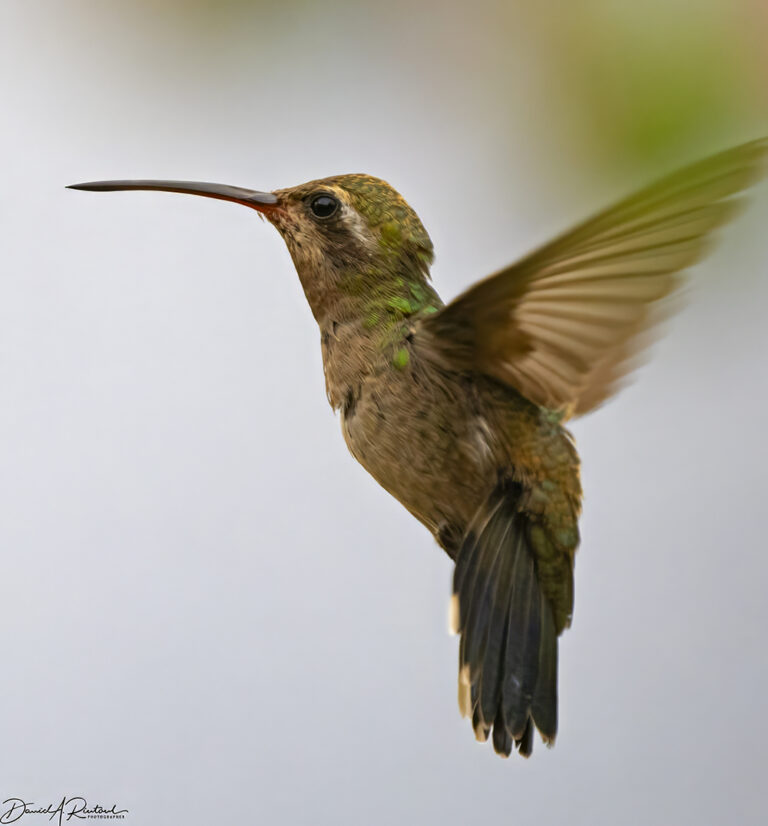
Here is an adult female Broad-billed Hummingbird (Billie?). The range map for this species just barely edges into SE AZ and SW NM, but it can wander a bit at times. One showed up in my patch of Flyover Country in November a couple of years back. Click here for larger image.
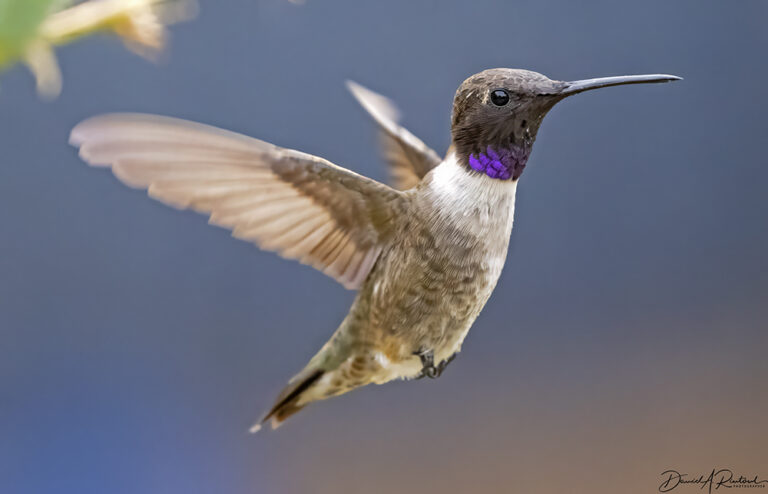
This was one of the more abundant species I saw; it is an adult male Black-chinned Hummingbird (Archilochus alexandri). As you can see, in the right light that black chin is really a deep iridescent violet. This is the western US counterpart to the Ruby-throated hummingbird familiar to eastern US birders, and like that species, seems to generally be adaptable to urban and suburban environments. Click here for larger image.
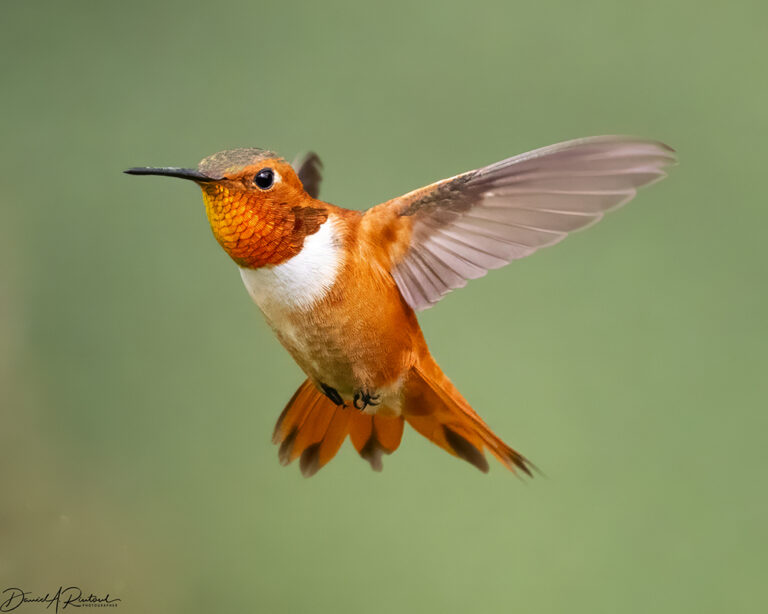
The final four images in this set are all different ages and sexes of the same species, Rufous Hummingbird (Selasphorus rufus). This is an adult male. Generally these are an aggressive and persistent defender of feeders that they claim as their own private domain, but they were much more accommodating in the presence of the clouds of hummingbirds at many of the feeders I saw in SE AZ in August.
It was long suspected that this species hybridizes with Allen’s Hummingbird (Selasphorus sasin), and that turns out to be more extensive than previously imagined, based on studies in the range overlap zone near the CA/OR border, and on examination of birds in AZ and elsewhere when they are captured and banded. It is very difficult to ID these hybrid birds in the wild, and hybridization is common enough that lots of them can only be counted as Rufous/Allen’s. It is possible that these two species might someday be lumped, to the chagrin of birders who would have their life lists decrease by one! Click here for larger image.
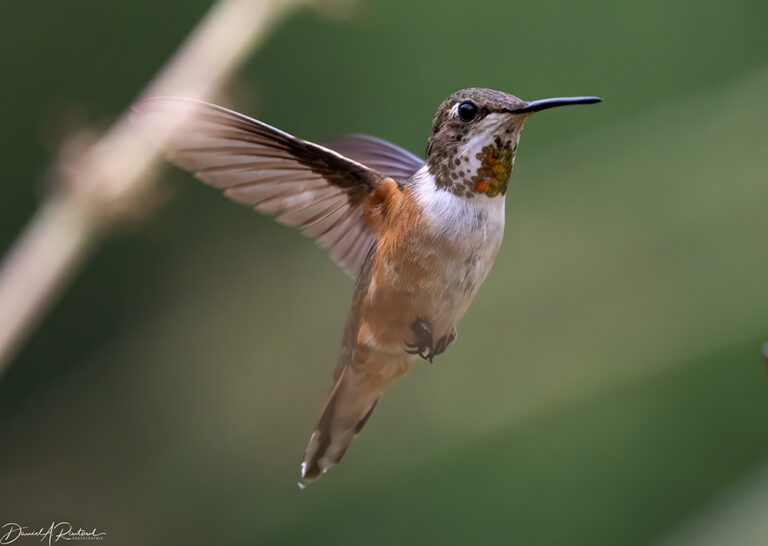
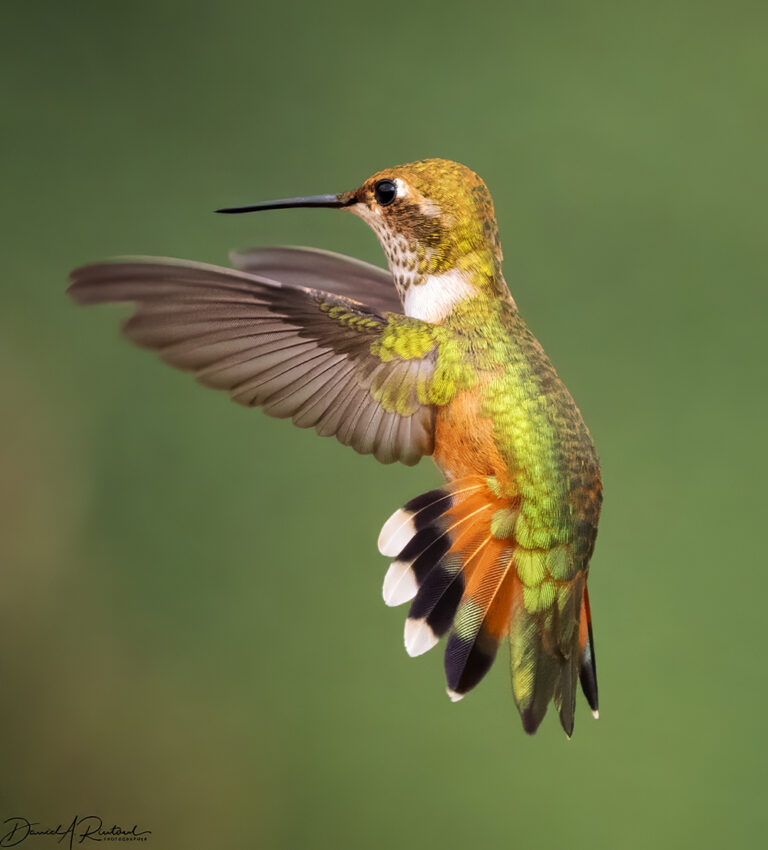
Juvenile (hatched in 2023) female Rufous Hummingbird. Click here for larger image.
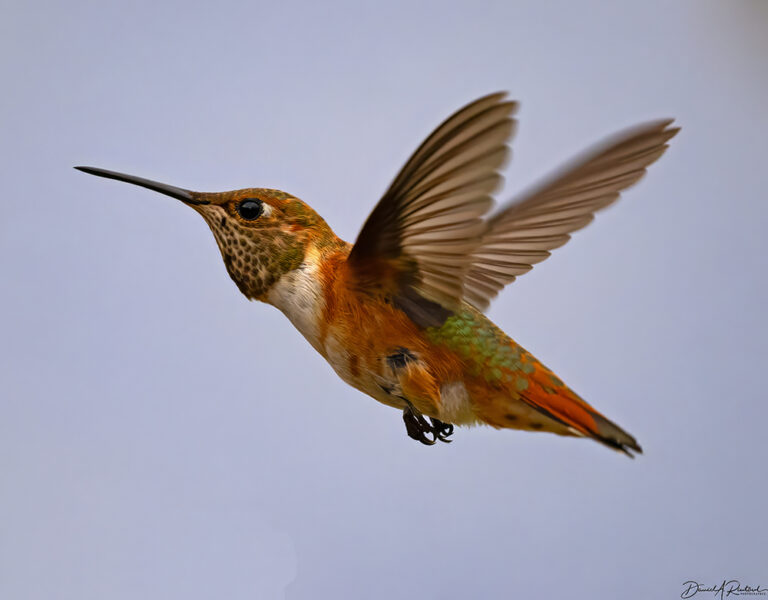
Juvenile (hatched in 2023) male. The green on the back is seen in all juvenile Rufous or Allen’s Hummingbirds; adult male Allen’s Hummingbirds (and hybrids) will still have significant green on the back. Based on this picture alone, it is not possible to say if this is Rufous, Allen’s, or a hybrid. So just enjoy it, as it is the last dose of the gateway drug this week. Click here for larger image.


Princess
Lovely.
Merlin just identified a wood thrush outside my window and tells me it is rare. We do have hermit thrushes here.
Spanky
@Princess: Are you in the deep woods? I love their song echoing through the trees.
Spanky
I’m always amazed at Albatrossity’s crisp pics, doubly so with the stop action on these hummers.
AM in NC
I am just in awe of your skill, and patience, and knowledge. And so thankful you share your results with us!!!!!
OzarkHillbilly
Every Spring I get one or 2 “aggressive and persistent defenders” at my feeders (“Mine, mine, all mine!!!”) but by the 2nd week of May they have to surrender to the ever growing swarms or starve to death. Typically I’ll get 50-75 birds at the feeders. My buddy W got hundreds at his Arkansas mountainside retreat. He and his wife were the only ones living on the mountain, so all the birds came there. Standing on their front porch without safety glasses was a little bit foolhardy.
Thanx for the pics and the brief ornithology lecture, A.
Betty
For anyone interested, the PBS program, Nature, has a great video in the variety and behavior of hummingbirds. Easy to find by googling.
delphinium
Wonderful photos as always. The Rufous hummingbirds are stunning.
WaterGirl
Amazing photos!
And now I’m missing General Stuck.
stinger
Thank you, Albatrossity!
That next-to-last image must be the most colorful female of any species ever!
Miss Bianca
Hummingbirds are the joy of our lives up here at the Mountain Hacienda. In the height of the season we have three feeders going non-stop – we usually need at least one dedicated to the Rufouses, whom we (affectionately) call “the douchecopters” for their rapacious behavior. Hummie season is still going pretty strong out here at the beginning of September. Usually we have at least one or two hanging on till the beginning of October. Always so happy to see them arrive and sad to see them go.
StringOnAStick
I love your closeups so I can actually study what they look like; they’re too fast to see closely!
I planned our conversion of the backyard grass monoculture into nothing but pollinator plants with hummers high on the list, so there are tubular blooms from spring until frost, and plenty of other flowers for bees, butterflies and all others. A hummer couple nested in the tall native juniper adjacent to our yard, so all summer I get a “warning” buzz close flyby when I pick the veggies; he perches on the green bean trellis to survey his domain. The flowers are in their second year, so the number of blooms is about double this year, and next year should be even more; I love the crazy variety in native pollinators! I did watch a hummer chase off a hummingbird moth last week,, he didn’t want that interloper in on his food supply.
SteveinPHX
Amazing photographs. Wonderful work. Thank you!
Albatrossity
@Princess: In my experience, Merlin can easily confuse Hermit Thrush and Wood Thrush calls (or Hermit Thrush and Swainson’s Thrush calls, for that matter). When the birds are singing in the spring, it does better, but songs and calls are different things! Alas, lots of thrush calls sound like lots of other thrush calls.
mvr
The similarity of the Gila to the Red Belly woodpecker intrigues me and what puzzles me interacts with your interbreeding narrative further down. I gather there is some evidence that evolution can happen quickly, so that populations can adapt fast to environmental changes. But that raises the question of why constancy happens. Why do Gilas look like Red Bellys? Is there pressure to keep that back pattern?
As always the photos amaze me, but I also learn from the text. So thanks!
Albatrossity
@mvr: There are actually several woodpeckers in the US who share that back pattern (Red-bellied, Gila, and Golden-fronted), as well as others in the same genus that are found in Mexico, central and South America, and the Caribbean. Some of them are pretty spectacularly colored, but all share that barred black-and-white back pattern. I imagine that it is helpful in camouflaging the bird in a shadowy tree-rich environment, but that’s just a wild-ass guess!